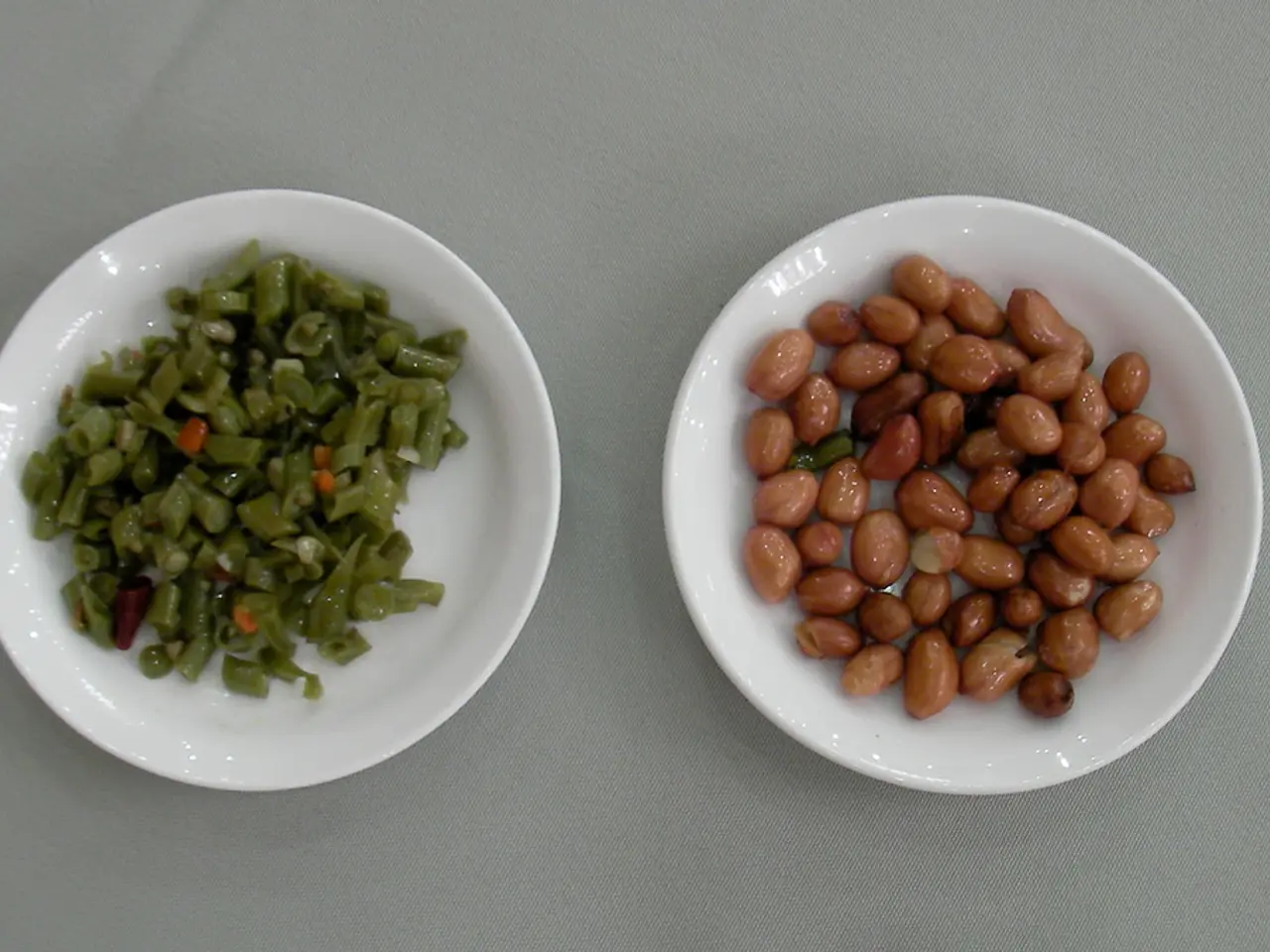Peanut Allergies Surge Among U.S. Children, Study Warns
Peanut allergies, the most common food allergy, pose a significant risk, particularly for children. A new study reveals alarming trends, with a 21 percent increase among U.S. children since 2010, and almost 2.5 percent of American children now affected.
Genetic factors play a substantial role, with certain genes present in 20 percent of those with peanut allergies. The condition is lifelong for 80 percent of people, and symptoms range from mild skin rashes to severe anaphylaxis or cardiac arrest. Children are increasingly exposed to peanuts at younger ages, contributing to the rise in allergic reactions. The incidence of peanut allergies in children more than tripled between 1997 and 2008, from 0.4 percent to 1.4 percent. Severe allergic reactions to food are also on the rise, with a threefold increase in hospitalizations among children between the late 1990s and the mid-2000s. Food allergies affect around 10 percent of adults and 8 percent of children in the United States. Notably, the chances of a severe allergic reaction in adults is higher than in children, with young adults at particular risk for severe anaphylaxis.
The prevalence of peanut allergies continues to rise, with genetic factors and early exposure contributing to the trend. While the frequency of severe reactions in adults is not explicitly quantified, the allergy remains a lifelong risk for 80 percent of people. Increased awareness and vigilance are crucial for managing this growing health concern.






